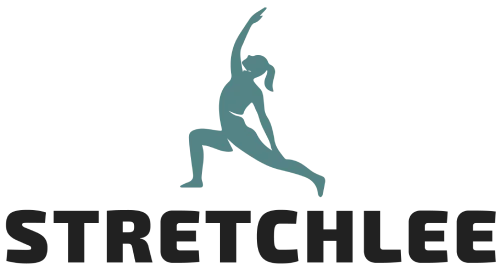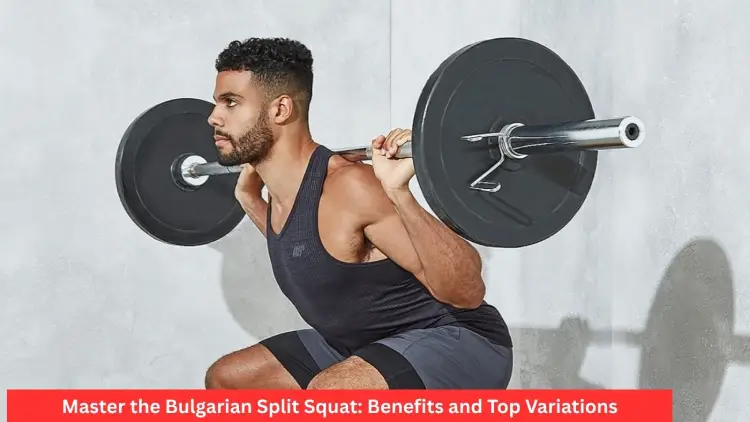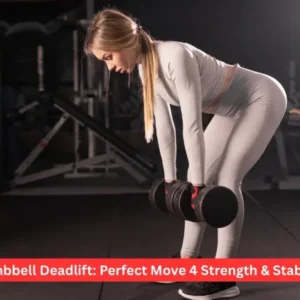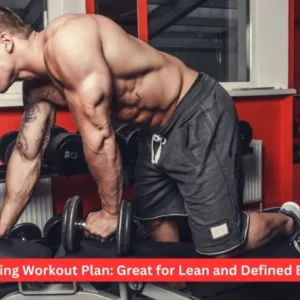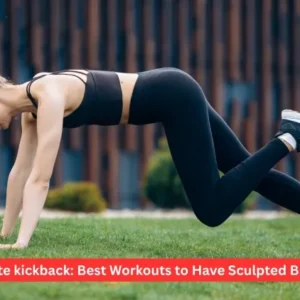The Bulgarian Split Squat is a move that helps create resilient legs and buttocks, while also engaging the core. It enhances balance, mobility, and strength with no heavy equipment needed. You have the advantage of training one leg at a time; that way, you correct imbalances, save your knees, and still attain serious gains. To individuals who want to achieve strong abs and legs, the exercise will give the same effect as squats, lunges, and Romanian deadlifts (RDLs).
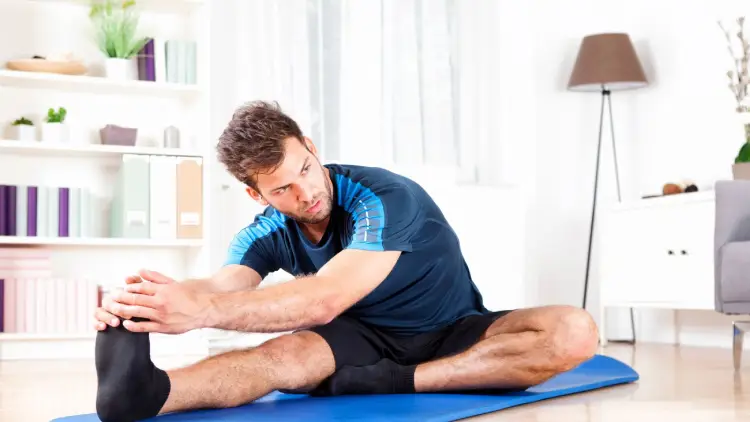
What is a Bulgarian Split Squat?
The Bulgarian Split Squat is a one-leg squat that involves the back foot being placed on a bench or a platform, and the front leg squats. This type of squat, unlike the traditional one, focuses on one leg at a time, thus requiring balance, stability, and control.
The special arrangement is very effective in attacking the quads, hamstrings, glutes, and calves, and also involves the abs, which helps to stabilize. The reason why it is favored by many athletes and lifters is that it causes the spinal loading to be lower than that of barbell back squats, yet provides the same results in terms of muscle growth and performance.
Concisely, the Bulgarian Split Squat is a good addition to your workout regimen in the event you are seeking a more powerful lower body without damaging your joints.
Benefits of Bulgarian Split Squats
Bulgarian Split Squats offer a wide range of advantages, making them one of the most common exercises in current ab and leg training.
Growth in Lower-Body Strength.
They work more than one leg muscle at a time, particularly the glutes and the quadriceps, and are used to develop strength without the use of heavy barbell squats.
Proportional Development of the Muscles.
One leg performs on its own, which is why the exercise reveals the imbalances and avoids a situation in which one side has to compensate.
Joint-Friendly Training
This version of the squat is less demanding on the spine and knees and is safer, so that it can be performed by individuals with lower back or joint problems.
Glute and Hamstring Growth
A change in the torso position places more stress on the glutes and hamstrings, and so is approximately as effective as RDLs.
Athletic Performance
Better balance, coordination, and one-sided strength translate into running, jumping, and g as well as sports-specific movements.
How to Perform a Bulgarian Split Squat
Maintaining proper form helps you avoid injuries and reap the full benefits of the exercise.
- Place yourself two feet in front of a platform or bench.
- On the bench, place the top of your rear foot.
- Maintaining an upright chest, take a step forward with your front leg.
- Lower your hips gradually until your front thigh is parallel to the floor.
- Avoid collapsing inward by keeping your front knee in line with your toes.
- To get back up, push through the heel of your front leg.
Form tip: While remaining upright highlights the quadriceps, slightly bending forward transfers more tension to the glutes.
Common Mistakes to Avoid
A lot of novices have trouble with positioning or balance. The most common errors are standing too near or too far from the bench, which puts undue strain on the hips and knees.
- Letting the front knee sag inward.
- Losing core stability and stooping too far forward.
- Before becoming proficient in the bodyweight version, start with weights.
- Rushing through the repetitions without maintaining equilibrium.
Correcting these mistakes guarantees a safe and efficient ab and leg workout.
Bulgarian Split Squat Variations
For increased strength and muscle growth, move on to more complex variations once you feel at ease with the bodyweight version:
- The Bulgarian Split Squat with a dumbbell increases resistance while enabling unrestricted arm movement.
- Like traditional squats, the barbell Bulgarian Split Squat adds more weight across the shoulders.
- Goblet Bulgarian Split Squat: This exercise enhances balance and posture by holding a dumbbell at chest level.
- The explosive Bulgarian split squat uses a jump to increase power and plyometric advantages.
The deficit. For an increased range of motion, perform the Bulgarian Split Squat on an elevated platform.
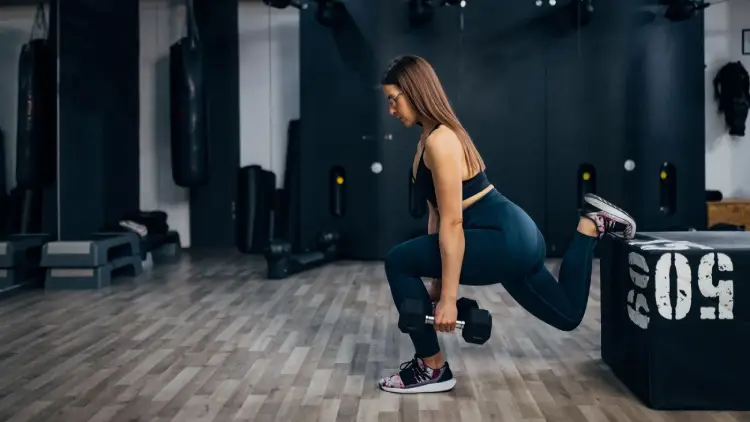
Bulgarian Split Squat vs. Other Exercises
Split Squat vs. Romanian Deadlift (RDL)
Both exercises are effective in targeting the glutes, but they achieve this in different ways. The Bulgarian Split Squat focuses more on the glutes and quads and has a stability test, whereas the RDL has concentration on the hamstrings and posterior chain. To develop the glutes, a combination of the two will make the final abs and legs workout.
Split Squat vs. Lunges
Bulgarian Split Squats are also more stable because the back foot is close to the floor, whereas the lungs demand moving forward or backward. Split squats are also more effective for progressive overload and balance for many lifters.
Split Squat vs. Step-Ups
Step-ups have got advantages of being functional and athletic, but Bulgarian Split Squats have the benefits of a deeper range of movement and enhanced glute activation. They both can be used interchangeably in training plans.
Are Bulgarian Split Squats Good for Knees?
Bulgarian Split Squats are knee-friendly when done properly. They exert less compressive force on the joints than conventional squats. Avoiding too much forward tracking and maintaining the knee in line with the toes are crucial. Because of this, they are a great choice for people undergoing ACL strengthening exercises or recuperating from mild knee discomfort.
Bulgarian Split Squats for Glutes
The fact that it is able to develop glutes is one of the leading reasons that have made this exercise popular. Maximally glute activation is achieved by bending forward and pushing through the heel. Though other exercises, such as hip thrusts, frog pumps, donkey kick, and RDLs are also glute-targeting, Bulgarian Split Squats are the only exercise that involves balance, strength, and hypertrophy in a single motion.
In case you are after a larger butt, combine them with heavy hip thrusts, sissy squats, and goblet squats to make up a comprehensive abs and legs workout.
Why are Bulgarian Split Squats So Popular?
The practice has become an exercise explosion in the gym since it provides numerous returns simultaneously:
- Strengthens muscles and maintains joints.
- Requires minimal equipment
- Balance and mobility at work.
- Belongs to strength training, bodybuilding, and sports conditioning.
- Activation of the core, which makes it a two-fold abs and legs exercise.
It is more difficult than the traditional squat for many, and the reason why some even refer to it as the hardest leg exercise.
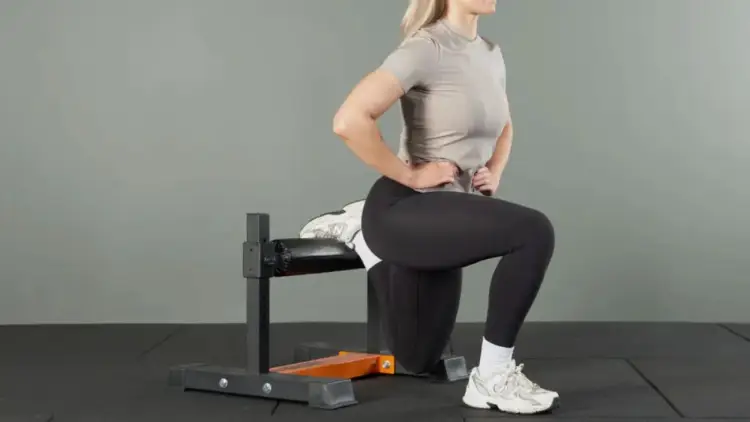
Other Related Leg and Glute Exercises
Take into account these useful substitutes and supplementary exercises to add variety to your lower-body routine:
- An intense quad-dominant exercise that helps you gain leg size is the sissy squat.
- Shrimp Squats: A sophisticated bodyweight exercise that tests your flexibility and balance.
- A common glute isolation exercise is the donkey kick.
- Frog Pumps: Excellent for hypertrophy and glute burn with little equipment.
- Curtsey Lunges: These exercises work the inner thighs and glutes from a different perspective.
- Goblet Squats: An easy squat that engages the core for beginners.
For a complete ab and leg workout, you can combine any of these with Bulgarian Split Squats.
Glute Growth and Training Insights
Poor balance, knee collapse during squats, and lower back pain are all indicators of weak glutes.
- Activities That Increase Glutes: The majority are RDLs, hip thrusts, and Bulgarian Split Squats.
- A common strategy for optimizing hypertrophy is the 8-8-8 Rule for Glutes, which calls for eight repetitions of each of three distinct glute movements.
- Deadlifts for Glutes: Sumo and Romanian deadlifts work especially well.
- Bulgarian Split Squats to Target Particular Glute Muscles. Their primary target is the gluteus maximus, with the gluteus medius providing stability.
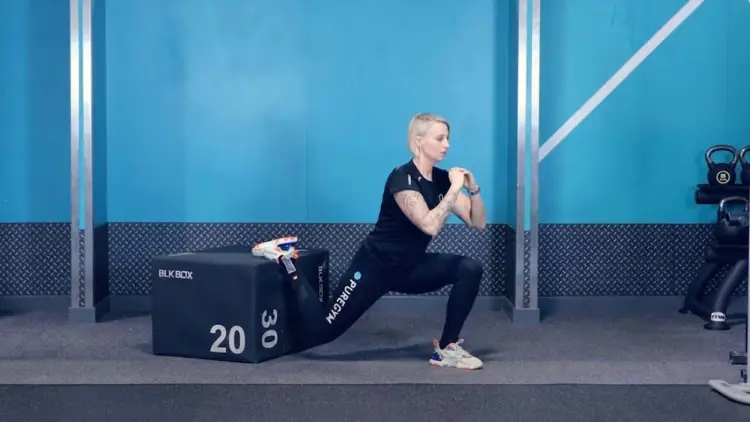
Final Thoughts
One of the best exercises for strengthening the lower body, correcting imbalances, and developing a strong core is the Bulgarian Split Squat. It provides a safer, more joint-friendly alternative to heavy squats and deadlifts. This is a must-do exercise for anyone hoping to get the most out of their leg and ab workout.
Start with bodyweight to master balance, progress to dumbbells or barbells for strength, and mix in glute-specific moves like hip thrusts and donkey kicks. This one exercise has the potential to change your overall lower-body power, athletic performance, and physique over time.
Frequently Asked Questions
Are beginners able to perform the Bulgarian Split Squat?
Indeed. To learn form and balance, beginners can begin using only their bodyweight. Strength and muscle growth can be gradually increased by adding dumbbells or a barbell once stability has improved.
Do Bulgarian Split Squats aid in glute growth?
Of course. This exercise effectively engages the glutes by pushing through the front heel while bending slightly forward. For optimal glute development, combine it with RDLs or hip thrusts.
Are split squats in Bulgaria safe for the knees?
They are safer than heavy barbell squats and are knee-friendly when performed properly. Maintaining the front knee in line with the toes helps heal the ACL and avoids needless strain.
What distinguishes Bulgarian Split Squats from lunges?
The Bulgarian Split Squat, in contrast to lunges, maintains the back leg raised and stationary, which improves glute activation, stability, and range of motion.
